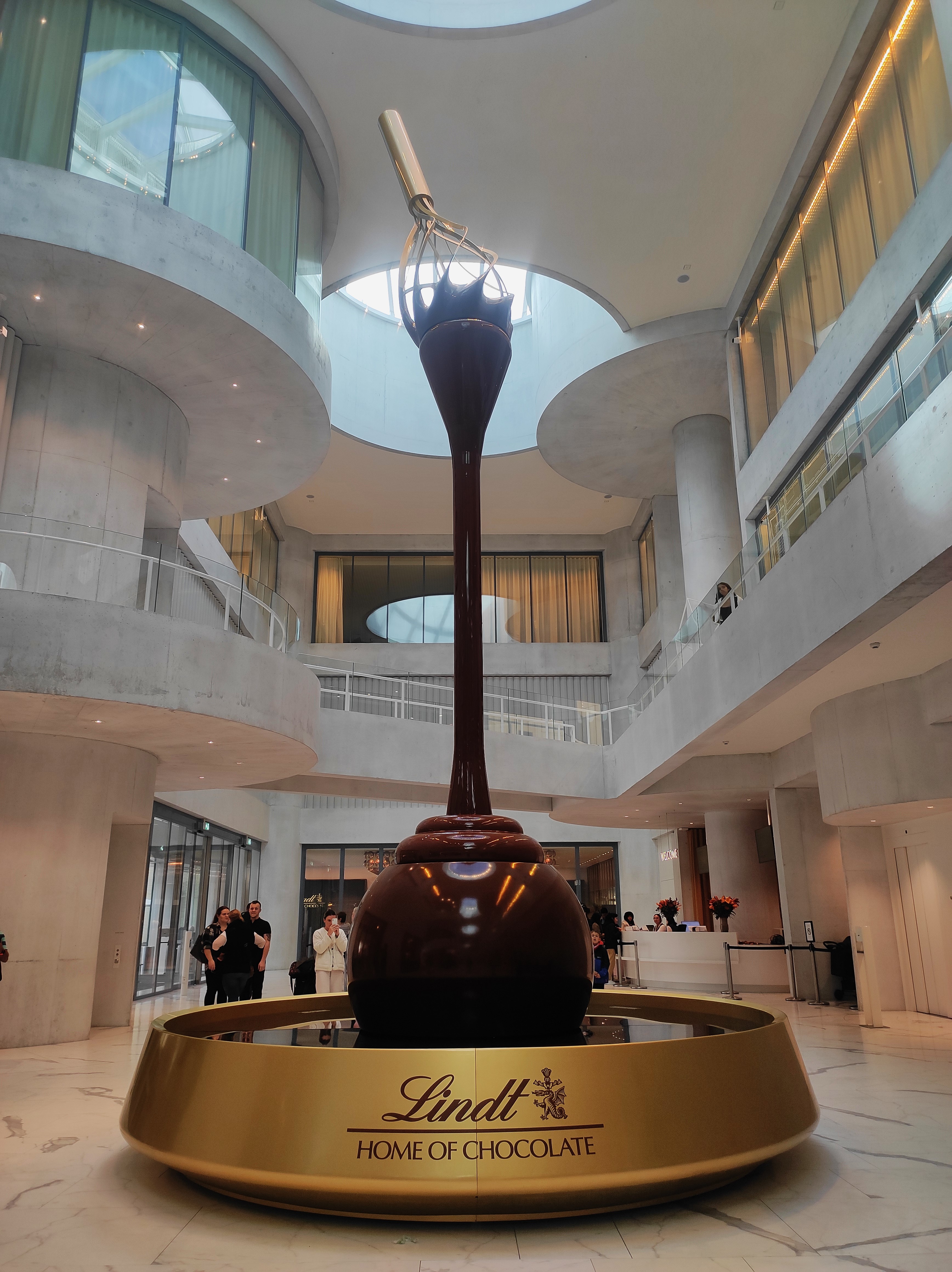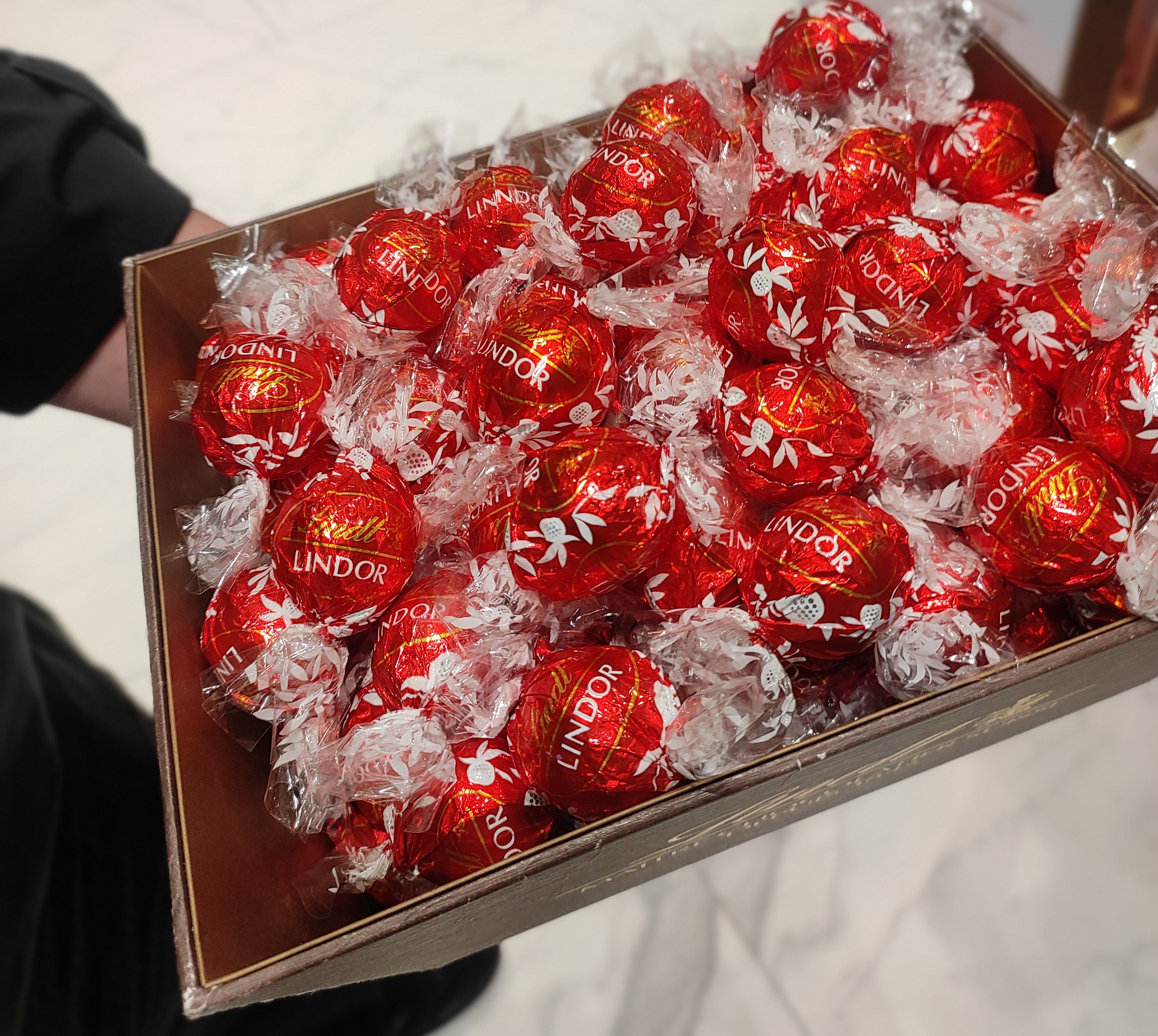Switzerland is known for its exceptional standard of living, enriched history of luxury watchmaking, and mesmerizing alpine landscapes. It’s not surprising that plenty of people seek to go there — whether as tourists or for business reasons, to indulge in its arts scene, museums, and historic architecture. With a plethora of opportunities to indulge in its natural beauty, it is the destination that tops the dream list of vacationers. The charm of Swiss beauty is restricted not only to travel experiences but also to food and drinks. Those visiting Switzerland must also acquaint themselves with its rich culinary and gastronomic flavors.
The country’s passion and dedication for chocolates and cheese have been exemplary. A Swiss consumes over 10 kilograms of chocolates in a year and when it comes to cheese, they only make the best. While the holy grail of cheese, Vacherin Mont D’Or, or the famous soft cheese made in Switzerland is produced seasonally only from the winter milk of Montbeliarde cows, the country is home to some of the world’s most famous chocolate brands – think Lindt, Villars, Favarger, Toblerone, Cailler, Villars, Lindt & Sprüngli and more. These brands are reputed for chocolate excellence.
Switzerland often does the unimaginable with respect to chocolates. Only four years ago, Kilchberg, a Swiss town on the west shore of Lake Zurich became home to a nine-meter-tall chocolate fountain that runs continuously on 1400 liters of finest chocolate. This strikingly beautiful visual treat woos chocolate lovers from around the world. If you have ever fantasized about a house full of chocolates and candies, this is where the dream becomes real. I couldn’t agree more. This unique state-of-the-art building is none other than ‘The Lindt Home of Chocolate’.
Inspiring Entrepreneurial Stories from the Chocolate World
Last month, I travelled to Zurich, and it wouldn’t have been an accomplished trip, if I had not indulged myself in loads of cheese and a range of chocolaty treats. I also used this opportunity to find some interesting facts about chocolate making in Switzerland. The world acknowledges that Swiss chocolates are amazing, but this status has not been earned overnight. Even though Switzerland does not produce cocoa beans, yet they make the best products out of them. How? To answer my curiosity and cravings, I found my way to this unique Swiss cultural asset- The Lindt Home of Chocolate, which is just 20 minutes away from Zurich.
This attractive white building is not just a house but an ultimate chocolate experience par excellence. Right at the outset, the view of the stunning chocolate fountain leaves the visitors in awe, and the biggest Lindt store and café pampers the sweet buds to one’s heart's contentment. But what stands out as the real treat is the museum inside. It simply sweeps you into the world of chocolates and underlines Switzerland's rich chocolate heritage. I was exhilarated to learn all about how the cocoa pod is grown, harvested, imported, and processed into milky smooth chocolates.
The museum inside the Lindt Home of Chocolates is unmissable.
The use of interactive multimedia and technology inside the museum made learning both fun and easy. Most of the knowledge that was shared was accentuated with facts. Though the museum is set up by Lindt, it showcases the milestones of its competitive brands too. Overall, I loved the fact that the legacy of Swiss chocolates has been put forth very interestingly. After a point of time, I found no difference between kids and adults as both were delighted and enamored by the fun things to do inside.
The use of cocoa beans was recorded in the 17th century in the regions where it was grown. Soon it caught fancy in Europe. Ahead of his time, François-Louis Cailler established Switzerland’s first chocolate factory in 1819. Do you know that Cailler continues to be the oldest existing chocolate brand in Switzerland? While the world was dealing with other innovations, some entrepreneurs in Switzerland were driven by the spirit of innovation and discovery in the field of chocolates. In the 19th century, Switzerland turned into a chocolate valley. In 1875, Daniel Peter added condensed milk to chocolate, and it was a winning breakthrough with respect to the enhanced taste. At the same time, Rodolphe Lindt accidentally discovered ‘conching’ which changed the course of chocolate making forever. It remained Rodolphe Lindt’s secret for 20 years until he sold it to Zurich chocolate manufacturer Johann Rudolf Sprungli. A collective brand was born, which expanded in Kilchberg in 1898 and Lindt & Sprungli became global players in the premium chocolate sector. Another feather was added to the Swiss chocolate legacy when Jean Tobler created the iconic Toblerone bar in 1908. Some of these game-changing innovations in the chocolate world made Swiss chocolates the way they are. Where did I pick up all of this information? Inside the museum!
The room that highlights the history, the entrepreneurs, and the evolution of the processes stood out as my favorite. One must not miss seeing the beautiful collection of old packaging of some of the oldest chocolate players. I found those old boxes and layouts truly impressive because they proved innovation at every level. And while there was a lot to learn and absorb, there were lots of chocolates too. Do not miss the three fountains of chocolates from where you can actually taste. I made sure I indulged.
To make my experience unforgettable, I also signed up for a class with the Master CHOCOLATERIA. I can easily brag; that I learned from the best. He gave me a peek into the chocolate-making process and also guided me in crafting personalized chocolate truffles and packing them. From the moment I walked through the doors of the Lindt Home of Chocolate to the moment I left, I had the time of my life. Museums have the power to educate, entertain, and inspire, and this one proved it again.






